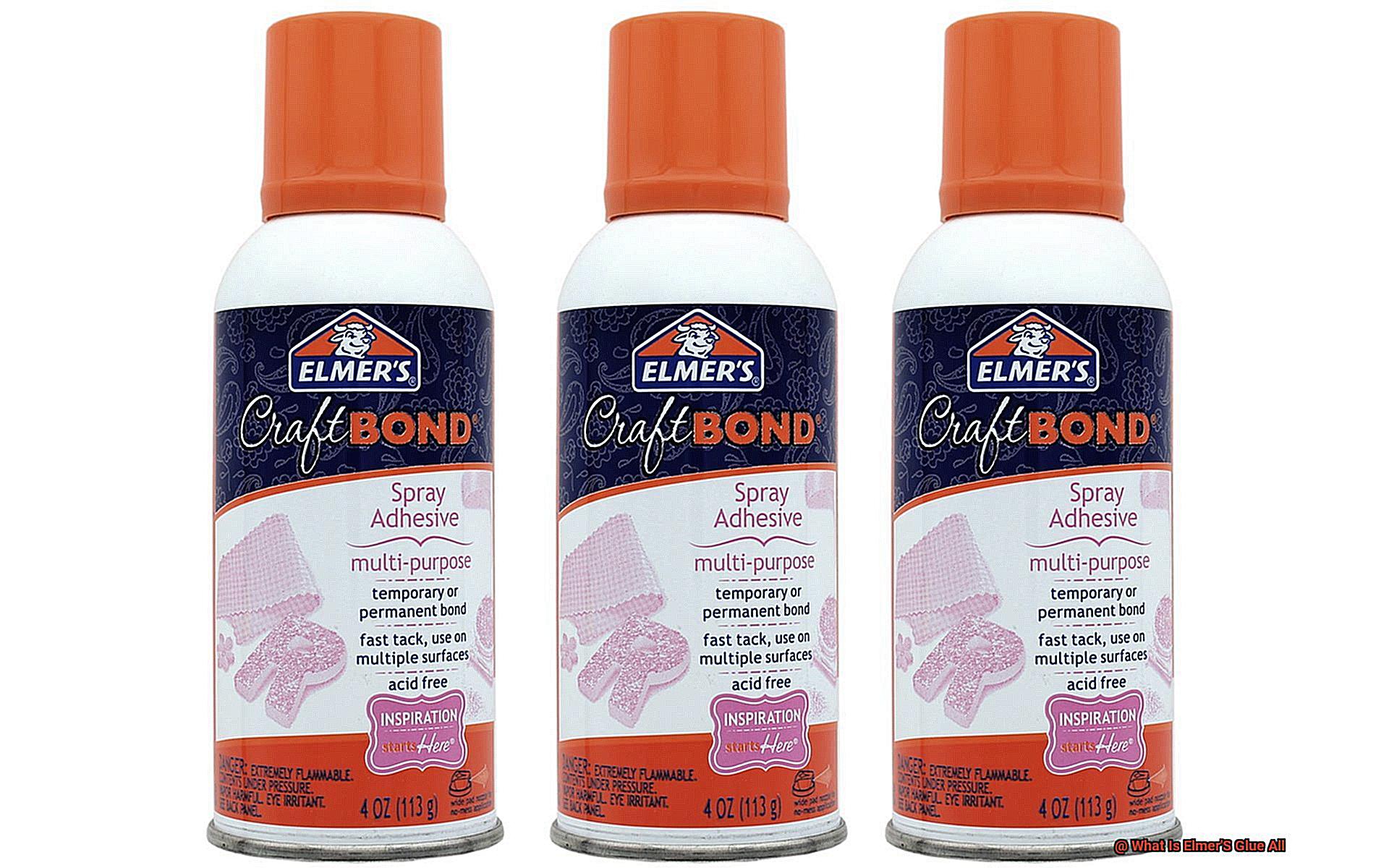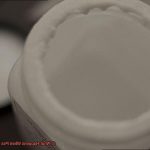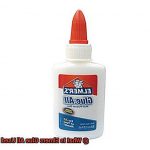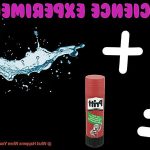Do you know what Elmer’s Glue all is and how it became a household name? For years, this iconic glue has been a go-to for households, schools, and offices alike. With its unique properties, it’s an essential tool for various crafting and DIY projects. But what sets Elmer’s Glue all apart from other types of glue?
Elmer’s Glue all is a versatile adhesive that can be used on a wide range of materials – from paper and fabric to ceramics and wood. It’s primarily known for school projects, art projects, and crafts; however, its uses don’t stop there. Its ingredients include water, polyvinyl acetate, and sodium tetraborate which form a strong and flexible bond when combined.
In this blog post, we’ll explore what Elmer’s Glue all is, its properties and uses, as well as its history. We’ll also take a look at some creative ways to use this unique adhesive beyond school projects and traditional crafts. Whether you’re an artist or just curious about the world of adhesives, stick with us as we dive into what makes Elmer’s Glue all such a popular choice for all your sticky needs.
What is Elmer’s Glue-All?
Contents
Elmer’s Glue-All is a versatile adhesive that has become a household name in the world of crafting and DIY. This multi-purpose glue is perfect for a wide range of materials, including paper, wood, fabric, and ceramics, making it an indispensable tool in any crafter’s arsenal.
First introduced in the 1940s by the Borden Chemical Company, Elmer’s Glue-All quickly gained popularity thanks to its white glue that could be used for almost anything. Over time, it evolved into the clear, strong, and reliable adhesive we know today.
One of the key features of Elmer’s Glue-All is its ability to dry clear, making it perfect for projects where you don’t want the glue to be visible. And with its relatively quick drying time, you can move on to the next step of your project without having to wait too long.
But what really sets Elmer’s Glue-All apart is its versatility. It can be thinned with water to make it easier to apply to delicate surfaces or mixed with other materials such as glitter or paint to create unique effects. Plus, it’s non-toxic and safe for children to use, making it a popular choice for school projects and other activities where kids are involved.
Another advantage of Elmer’s Glue-All is its affordability and accessibility. You can find it at most craft stores, as well as many grocery stores and online retailers, making it easy to stock up on this must-have adhesive.
The Benefits of Elmer’s Glue-All
Firstly, Elmer’s Glue-All is a true multi-purpose glue that bonds with an impressive range of materials, including paper, cardboard, fabric, wood, and even some plastics. Not only does it bond effectively, but it also dries clear for a seamless finish.
The ease of use is another exceptional feature of Elmer’s Glue-All. The glue comes in a convenient squeeze bottle with an easy-to-use applicator tip that enables precise application without any mess. Additionally, the glue has a long working time that allows you to make adjustments and reposition your project before it sets, giving you greater control over your final outcome.
Safety is paramount when working on any project, especially those involving children. Thankfully, Elmer’s Glue-All is non-toxic and meets ASTM D4236 safety standards, providing peace of mind to parents and caregivers. It is also washable with soap and water, making cleanup effortless.
Lastly, Elmer’s Glue-All is an affordable option that comes in various sizes to suit every need and budget. Whether you require a small bottle for individual projects or a large gallon-sized container for bigger jobs, there is an option to meet your requirements.
Uses for Elmer’s Glue-All
Look no further than Elmer’s Glue-All. This versatile adhesive boasts a plethora of uses, making it a must-have in any DIY enthusiast’s toolkit.
Crafters rejoice. Elmer’s Glue-All is perfect for gluing paper, cardboard, foam board, and other lightweight materials together. It can also be used to create collages or attach embellishments to a project. And if woodworking is your passion, Elmer’s Glue-All is an essential tool. It can be used to glue wood together, fill gaps, and repair small cracks. The best part? It dries clear and can be sanded down, giving your wood surfaces a flawless finish.
Elmer’s Glue-All is not just limited to crafting and woodworking. It’s also useful in home repairs. Whether you need to fix broken ceramics, glue metal or plastic pieces together, or repair household items, this adhesive has got your back. However, it’s important to note that it’s not recommended for heavy-duty repairs or projects that require a waterproof adhesive.
Attention teachers and parents. Elmer’s Glue-All is a popular choice in elementary schools as it’s non-toxic and easy to use for children’s projects. It’s safe and reliable, making it the perfect option for little hands.
How to Thin Elmer’s Glue-All
No need to worry, because thinning Elmer’s Glue-All is a quick and simple process that anyone can do. Here are five easy steps to help you thin your glue like a pro.
Step 1: Gather Your Materials
Before you start, make sure you have the following materials on hand:
- Elmer’s Glue-All
- Water
- A clean mixing container (such as a plastic cup or bowl)
- A stirring utensil
- Ensure that your mixing container is free of any residue or debris before you begin.
Step 2: Measure Your Glue
Measure out the amount of glue you need for your project and pour it into the mixing container.
Step 3: Add Water Gradually
Add a small amount of water to the glue and stir well. It is essential to add only a little water at a time and mix thoroughly before adding more. This will prevent over-thinning the glue and ensure it maintains its adhesive properties.
Step 4: Continue Mixing Slowly
Continue adding water and stirring until you achieve the desired consistency. If you accidentally add too much water, you can always add more glue to thicken it back up. Take your time and ensure that the glue has reached the right consistency.
Step 5: Test Your Glue Before Use
It is crucial to note that thinning Elmer’s Glue-All may affect its strength and bonding properties. Thinned glue may be weaker than un-thinned glue, so it is best to test it on a small area before using it on your project. This way, you can be confident that your project will turn out just as intended.
Mixing Elmer’s Glue-All with Other Materials
Look no further than the versatile adhesive, Elmer’s Glue-All. This glue can be mixed with a variety of materials to create anything from slime to papier-mâché masterpieces. But before you start mixing, it’s important to keep a few things in mind.
Firstly, ratio is key when it comes to mixing Elmer’s Glue-All with other materials. A general rule of thumb is to mix one part glue to one part of the other material. So if you want to add some glitter to your slime, make sure to mix equal parts glue and glitter. However, this isn’t the only factor that matters.
Consistency also plays an important role in the success of your project. If your mixture is too thick, it may not spread or adhere properly. On the other hand, if it’s too runny, it may not hold its shape or dry properly. To avoid these issues, start with small amounts of both materials and gradually add more until you reach the desired consistency.

Now that you know the basics, let’s explore some fun projects. One popular project that involves mixing Elmer’s Glue-All with other materials is making slime. To make slime, mix equal parts glue and liquid starch or borax. You can also add in some food coloring, glitter, or beads for extra fun.
Another project that can be created using Elmer’s Glue-All is papier-mâché. To make papier-mâché, mix equal parts glue and water in a bowl. Dip strips of newspaper or tissue paper into the glue mixture and apply them to a form such as a balloon or cardboard box. Allow it to dry completely before decorating as desired.
How to Clean Up Elmer’s Glue-All
Elmer’s Glue-All is a popular adhesive used in various projects, but it can be messy to work with. Accidents happen, and glue spills or smears are not uncommon. Fortunately, cleaning up Elmer’s Glue-All is relatively easy if you follow the right method for the surface it’s been applied to. In this article, we’ll explore some effective methods for cleaning up Elmer’s Glue-All on different surfaces.
Act Quickly
The first step in cleaning up Elmer’s Glue-All is to act fast. If the glue is still wet, use a damp cloth or sponge to wipe away any excess glue. The longer you wait, the harder it becomes to remove the glue.
Warm Soapy Water
If the glue has already dried on a hard surface like wood or plastic, warm soapy water is an effective solution. Mix warm water with dish soap and apply it to the affected area. Let the mixture sit for a few minutes before scrubbing the area with a soft-bristled brush. This should help break down the glue’s bond and make it easier to remove.
Vinegar
Vinegar is an excellent natural solvent that can help break down stubborn adhesives. Apply a small amount of vinegar to the affected area and let it sit for a few minutes before wiping away with a damp cloth. This method works particularly well on hard surfaces such as countertops or floors.
Rubbing Alcohol
Rubbing alcohol is an effective solution for removing glue stains on clothing or fabric surfaces. Saturate the affected area with rubbing alcohol and blot with a clean cloth until the glue stain is removed. However, it’s essential to note that rubbing alcohol can cause discoloration on certain fabrics, so testing a small, inconspicuous area is crucial before applying it to the entire surface.
Scrape Excess Glue
If Elmer’s Glue-All has been applied to fabric, the first step should be to scrape off any excess glue with a blunt object such as a spoon or knife. Next, soak the fabric in cold water for at least 30 minutes to an hour. After soaking, use a soft-bristle brush or sponge to gently scrub the affected area. Repeat the process until all the glue has been removed.
Read Instructions
Before using any cleaning agent on a surface, it’s essential to read the instructions on the label. Following the manufacturer’s recommendations can help avoid damage and ensure that your cleaning solution is safe for the surface you’re cleaning.
Tips for Working with Elmer’s Glue-All
Elmer’s Glue-All is a popular adhesive that can be used for a wide range of projects, from school assignments to DIY home decor. Here are some tips to help you use it successfully:
Use the Right Amount of Glue
Using the right amount of glue is crucial when working with Elmer’s Glue-All. Too much glue can cause your project to warp or take longer to dry, while too little glue may not provide enough adhesion. To avoid these issues, apply a thin and even layer of glue to one surface and press the two surfaces together.
Apply the Glue Evenly
To achieve a strong bond, it’s important to apply the glue evenly over the surface. You can use a brush or sponge to apply the glue, making sure that all areas are covered equally. Before the glue dries, smooth out any air bubbles or bumps with a small brush or roller.
Allow Time for Drying
It’s important to give Elmer’s Glue-All enough time to dry completely before moving on to the next step in your project. The drying time may vary depending on the temperature and humidity levels in your workspace, but waiting at least 24 hours is recommended to ensure a strong and lasting bond.
Clean Up Excess Glue
If you accidentally apply too much glue or get it on surfaces where it shouldn’t be, use a damp cloth or sponge to clean it up before it dries. This will prevent unwanted marks or residue on your project.
Store Properly
Storing Elmer’s Glue-All properly is essential for maintaining its freshness and effectiveness for future projects. Keep the lid tightly closed and store it in a cool and dry place away from extreme temperatures and direct sunlight.
Advantages of Using Elmer’s Glue All
If you’re searching for an adhesive that can bond a diverse range of surfaces, you can’t go wrong with Elmer’s Glue All. This versatile adhesive offers a wealth of advantages that make it a popular choice for various projects.
One of the most significant benefits of using Elmer’s Glue All is its exceptional bonding capabilities. This adhesive creates a robust bond that can withstand heavy loads, making it an ideal choice for industrial and construction applications. Whether you’re mending a broken piece of furniture or constructing a model, Elmer’s Glue All has got you covered.
Another advantage of Elmer’s Glue All is its non-toxic nature, which makes it safe to use for children’s school projects or crafts. It’s also incredibly easy to clean up with water, adding to its convenience. Plus, the adhesive dries clear, leaving behind a clean finish that doesn’t compromise the aesthetics of your project.
When it comes to affordability, Elmer’s Glue All is a clear winner. It’s relatively inexpensive compared to other adhesives in the market, making it accessible to a broader range of consumers without sacrificing quality.
Elmer’s Glue All is also incredibly versatile; it can bond a variety of surfaces, including paper, wood, fabric, and ceramics. This makes it an excellent choice for different types of projects and ensures that you won’t need to purchase different adhesives for each project.
Finally, once dry, Elmer’s Glue All creates a long-lasting bond that can withstand wear and tear. This guarantees that your project stays intact for an extended period, providing peace of mind and value for your money.
zumPCy2wuKg” >
Also Read: Is Elmer’s Glue Waterproof?
Conclusion
In conclusion, Elmer’s Glue all is a true jack-of-all-trades when it comes to adhesives. Its dependable and adaptable nature has made it a household name for crafting and DIY projects alike. This versatile adhesive can bond an array of materials, from delicate paper to sturdy wood and ceramics.
One of the standout features of Elmer’s Glue all is its ability to dry clear, making it perfect for projects where visible glue lines are undesirable. Additionally, its relatively quick drying time allows for efficient project completion without sacrificing quality.
But Elmer’s Glue all isn’t just limited to traditional crafts or school projects. It can also be used in home repairs and woodworking, as well as mixed with other materials such as glitter or paint for added flair.
This must-have adhesive is easily accessible at most craft stores, grocery stores, and online retailers. Its affordability makes it easy to stock up on this essential tool for your next project.
When using Elmer’s Glue all, it’s important to apply the right amount of glue evenly over the surface and allow ample time for drying. Excess glue should be cleaned up before it dries, and proper storage will ensure continued effectiveness.
Overall, Elmer’s Glue all offers numerous advantages such as exceptional bonding capabilities, non-toxic formulation, versatility, affordability, and long-lasting bond.






